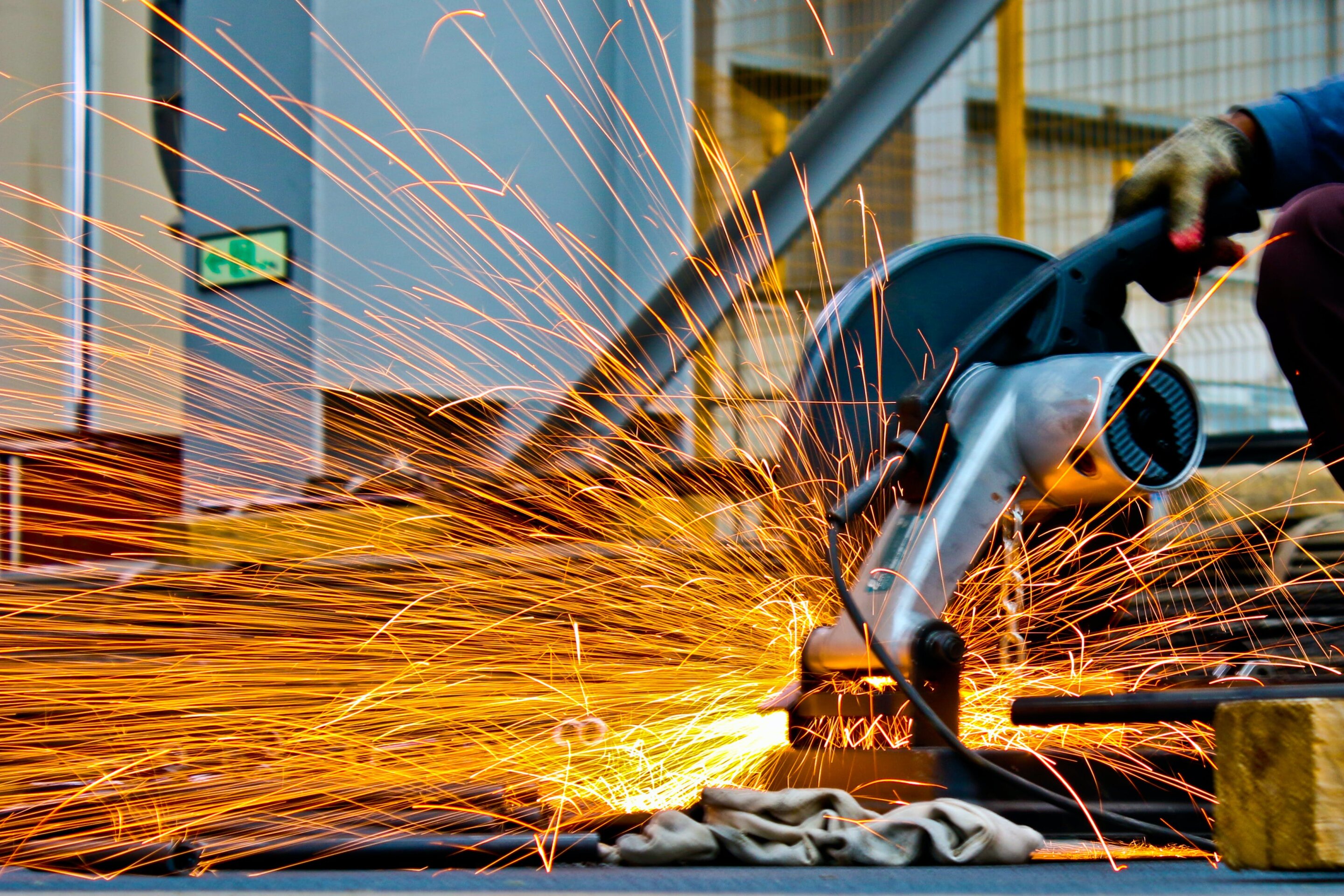- France’s former Manchester United defender Raphael Varane quits football
- Will the Davis Cup be Rafael Nadal’s ‘last dance’? Alcaraz hopes not
- Surging AI demand could cause the world's next chip shortage, research says
- How Apple and Microsoft’s trusted brands are being used to scam you online
- Southwest Airlines to cut service and staffing in Atlanta to slash costs
What do you believe is the single most important factor driving up the cost of living in Nigeria?

Researchers develop carbon dots-driven green radiative cooling coating for energy saving in buildings
Buildings account for about 90% of Hong Kong's electricity consumption and over 60% of carbon emissions. Energy conservation in buildings is crucial for achieving climate mitigation goals. Hong Kong Polytechnic University (PolyU) researchers have developed an environmentally friendly solar-driven adaptive radiative cooling (SARC) coating for building roofs and walls.
This coating can reduce a building's surface temperature by up to 25°C and lower indoor temperatures by 2 to 3°C, all without consuming any energy. The non-toxic, metal-free and durable coating can also be produced on a large scale, promoting an eco-friendly and energy-saving method to mitigate urban heat island effects and support the achievement of carbon neutrality.
Coating a building in a reflective material enables the self-regulation of its thermal environment to minimize indoor temperatures. However, traditional passive radiative cooling materials are unable to automatically adjust cooling capacity in response to environmental changes, which limits their applications.
To address this challenge, a research team led by Prof. Lu Lin Vivien, Professor of the Department of Building Environment and Energy Engineering at PolyU, along with key team member Dr. Quan Gong, Postdoctoral Fellow of the same department, has invented a carbon dots (CDs)-driven SARC coating that can adjust cooling capacity based on solar irradiance.
The work is published in the Chemical Engineering Journal.


- September 23, 2024
Rescuers comb muddy riverbanks after floods kill six in Japan

- September 20, 2024
Kimchi threat as heatwave drives up South Korea cabbage prices


- September 19, 2024
ACEP accuses ECG of exchange rate manipulation leading to GH₵7bn loss

- September 21, 2024
Japan orders thousands to evacuate quake-hit region as rains trigger floods



- September 25, 2024
We are on track to settle Trafigura debt despite circulating misconceptions

- September 24, 2024
Higher blends of biodiesel fuel could cut transportation emissions

- September 19, 2024
PURC missed the point on Cash Waterfall Mechanism, fuel purchases – ECG

- September 25, 2024
AI-guided experimentation identifies better energy storage solution

- September 25, 2024
Innovative electrolytes could transform steelmaking and beyond
Subscribe to our mailing list to get the new updates!

Subscribe our newsletter to stay updated
Thank you for subscribing!

